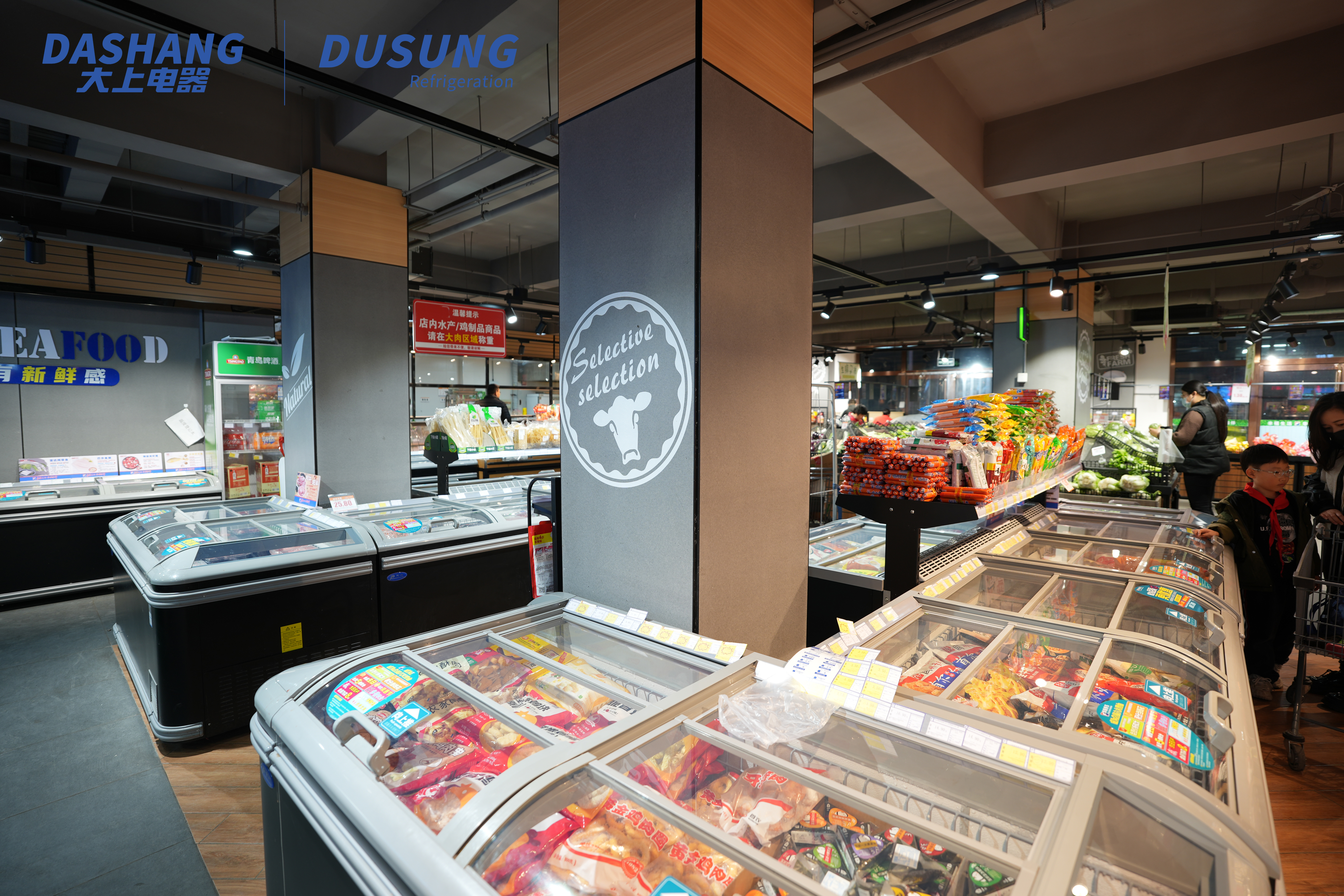In the commercial refrigeration industry, the glass door chiller plays a critical role in maintaining product freshness while ensuring high visibility for retail environments. From supermarkets to beverage distributors, this equipment has become a standard solution for both functionality and presentation.
What Is a Glass Door Chiller?
A glass door chiller is a refrigerated unit designed with transparent glass doors, allowing customers or operators to easily view products without opening the door. This design minimizes energy loss while providing clear visibility of stored items.
Common applications include:
-
Supermarkets and convenience stores
-
Beverage and dairy display areas
-
Restaurants and hotels
-
Pharmaceutical and laboratory environments
Key Features and Benefits
Glass door chillers are built to combine efficiency, durability, and aesthetics. Their design helps maintain consistent temperature control and product appeal.
Main advantages include:
-
Energy Efficiency: Low-emissivity (Low-E) glass reduces heat transfer, keeping internal temperatures stable and minimizing compressor load.
-
High Product Visibility: Clear glass doors with LED illumination enhance product presentation and encourage sales.
-
Temperature Precision: Advanced control systems maintain optimal cooling for various products.
-
Durability and Design: Constructed with corrosion-resistant materials suitable for continuous commercial use.
Technical Considerations for B2B Applications
When selecting a glass door chiller for industrial or retail use, several specifications should be carefully evaluated:
-
Compressor Type: Inverter compressors for improved energy efficiency and quieter operation.
-
Temperature Range: Choose units that match your storage needs — from chilled beverages to dairy or pharmaceuticals.
-
Door Type: Swing or sliding doors depending on available space and traffic flow.
-
Capacity and Dimensions: Ensure the chiller fits your display area and meets volume requirements.
-
Defrost System: Automatic or manual defrost to prevent frost buildup and maintain efficiency.
Sustainability and Modern Design Trends
Modern glass door chillers align with global trends toward sustainability and smart technology:
-
Use of eco-friendly refrigerants (R290, R600a)
-
Smart temperature monitoring via digital control panels
-
LED lighting systems for lower power consumption and enhanced display
-
Modular designs suitable for large retail chains or cold storage facilities
Conclusion
The glass door chiller represents more than just a refrigeration unit — it is a strategic investment for businesses focused on energy efficiency, product presentation, and reliability. By selecting the right specifications and technologies, companies can reduce operating costs while improving customer experience.
FAQs About Glass Door Chillers
1. What is the typical lifespan of a glass door chiller?
Most commercial-grade glass door chillers last between 8–12 years, depending on maintenance and operating conditions.
2. Are glass door chillers suitable for outdoor use?
Generally, they are designed for indoor environments, but certain heavy-duty models can withstand semi-outdoor conditions if properly ventilated.
3. How do I improve energy efficiency in a glass door chiller?
Use Low-E glass, maintain door seals, and ensure regular condenser cleaning to reduce energy consumption.
4. What refrigerants are commonly used in modern chillers?
Eco-friendly refrigerants like R290 (propane) and R600a (isobutane) are widely adopted due to their low environmental impact.
Post time: Oct-21-2025





